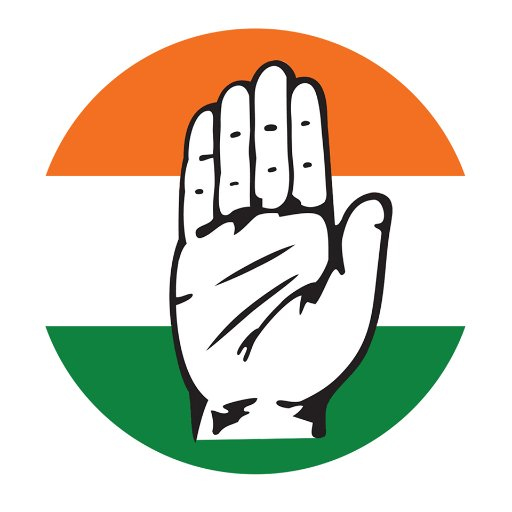Women’s Safety and 79 Years of Freedom: Are We Really Independent?

- Dr. Ratna Pandey
India finally achieved independence from colonial authority in August 1947 after centuries of resistance, sacrifice, and perseverance. The declaration of independence marked more than just the cessation of foreign rule; it also marked the start of a path towards ensuring that all citizens may live with respect, equality, and dignity. In 2025, we celebrate 79 years of independence today. Let us not forget our martyrs, our leaders, and the dreamers who envisioned a free and prosperous India for all. But although we rejoice in our flag’s colours and our nation’s advancement, we must confront a challenging question: Have we made sure that everyone is free?
Being safe in one’s own home, on one’s street, at one’s employment, and online is more important to Indian women than having the right to vote or having access to education. Independence is insufficient without security.
Freedom Beyond Borders:
Political independence granted us authority over our governance and legislation. The essence of independence is in the lived experiences of its populace. A nation’s advancement is assessed not alone by its GDP, infrastructure, or technological accomplishments, but also by the dignity, safety, and respect it extends to its most vulnerable individuals. This signifies liberation from the apprehension of harassment, assault, discrimination, and exploitation for women. It signifies the capacity to engage comprehensively in society without being hindered by insecurity or systematic inequity.
A Historical Perspective: Women in the Freedom Struggle
It is essential to acknowledge that women significantly contributed to India’s liberation movement. Women, shown by Rani Lakshmibai of Jhansi, who courageously battled in the Revolt of 1857, as well as leaders like Sarojini Naidu, Aruna Asaf Ali, and Kamaladevi Chattopadhyay, were not just participants but pivotal leaders in the struggle for freedom. Their vision for an independent India extended beyond political sovereignty; it encompassed a nation where women might exist with dignity and equality. Regrettably, even decades post-independence, the circumstances for numerous women continue to diverge significantly from that ideal.
The Present Reality: Progress and Persistent Challenges
Education, political representation, and legal rights for women have come a long way in India in the past seventy-nine years. There have been several modifications to rape laws, as well as new laws such as the Sexual Harassment of Women at Workplace Act (2013) and the Protection of Women from Domestic Violence Act (2005). These days, women have positions of leadership, academia, business, and military. But the numbers show something that is worrying. There is still a significant problem with crimes committed against women, such as dowry killings, cyberstalking, and public harassment. Data from the National Crime Records Bureau (NCRB) shows that every year there are thousands of reports of rape, harassment, and domestic violence. However, a lot of incidents go undetected because people are afraid to report them or because they don’t trust the system. We have laws, but they aren’t being well-implemented or widely accepted, as seen by the wide disparity between the two.
I am the one who is being referred to here.
Why Women’s Safety is a National Priority
The issue of women’s safety is a national one, not just a women’s concern. When women feel unsafe, they are less likely to participate in public life, work, and school, which has a direct impact on the country’s progress. Research shows that empowering women leads to more economic growth, less poverty, and stronger democratic principles. Human dignity is predicated on the ability to be safe. The promise of freedom is meaningless without it. We must not stand idly by while domestic abuse, prejudice, and neglect against women are allowed, any more than we would allow an invasion from another country.
The Role of Society in Ensuring Women’s Safety
Laws cannot guarantee security on their own. A great deal is influenced by societal views, cultural standards, and regular conduct. Everyone, from families to schools to workplaces to the media, has a responsibility to speak out against victim blaming, harassment, and the perpetuation of gender stereotypes. Respect, empathy, and equality are values that boys need to learn early on from their parents. It is imperative that schools incorporate gender-sensitivity instruction into their curricula. Companies should implement secure channels for employees to report harassment and act quickly when necessary. Instead of stereotyping or objectifying women, media should show them as powerful, multifaceted people.
Technology: A Double-Edged Sword
New tools for empowerment and exploitation have emerged with the rise of digital technology. The risks of cyberstalking, non-consensual image sharing, and cyberbullying are on the rise. For women to feel protected and respected in cyberspace, the government, IT corporations, and citizens must collaborate. Prompt law enforcement and digital literacy programs are necessary to supplement AI-powered crime tracking apps, awareness efforts, and emergency assistance apps.
The Government’s Role: From Law to Enforcement
Although India possesses forward-thinking legislation, the real difficulty resides in the execution of these laws. Law enforcement agencies ought to enhance their training protocols to address crimes against women with both a nuanced understanding and a high degree of effectiveness. Expedited judicial processes must guarantee the prompt delivery of justice. It is imperative that rural regions enhance their accessibility to legal resources and support services. Government initiatives and the Nirbhaya Fund represent commendable progress; however, their efficacy is contingent upon effective implementation, transparency, and ongoing evaluation.
Moving Forward: A Collective Responsibility
Every person has a responsibility to ensure the safety of women; it is not just a women’s issue. It is imperative that males stand up against harassment and sexism. Refrain from criticizing survivors and instead provide them support. The unfinished business of our freedom fight—creating a society free of discrimination, violence, and fear—must be our focus as we celebrate 79 years of independence.
Conclusion: Freedom’s Final Frontier
When India and destiny first met in 1947, it was with the pledge to protect universal principles of liberty, equality, and fairness. Entering our 79th year of independence, we must face the fact that political freedom is insufficient unless every woman is able to live in safety and dignity. Our national independence is not the important issue; what matters is whether every woman in India has personal independence on a daily basis. Our freedom will be fully realized when all forms of harassment and assault against women are abolished from the workplace, when women are able to walk alone at night without fear, and when all acts of violence against women are strongly denounced and promptly punished. “Freedom and power bring responsibility,” said Pandit Jawaharlal Nehru. The task at hand is crystal clear: we must make it so that the next Independence Day is observed in an India where all citizens, male and female, enjoy complete freedom.
The author is an AIMC Training Incharge







